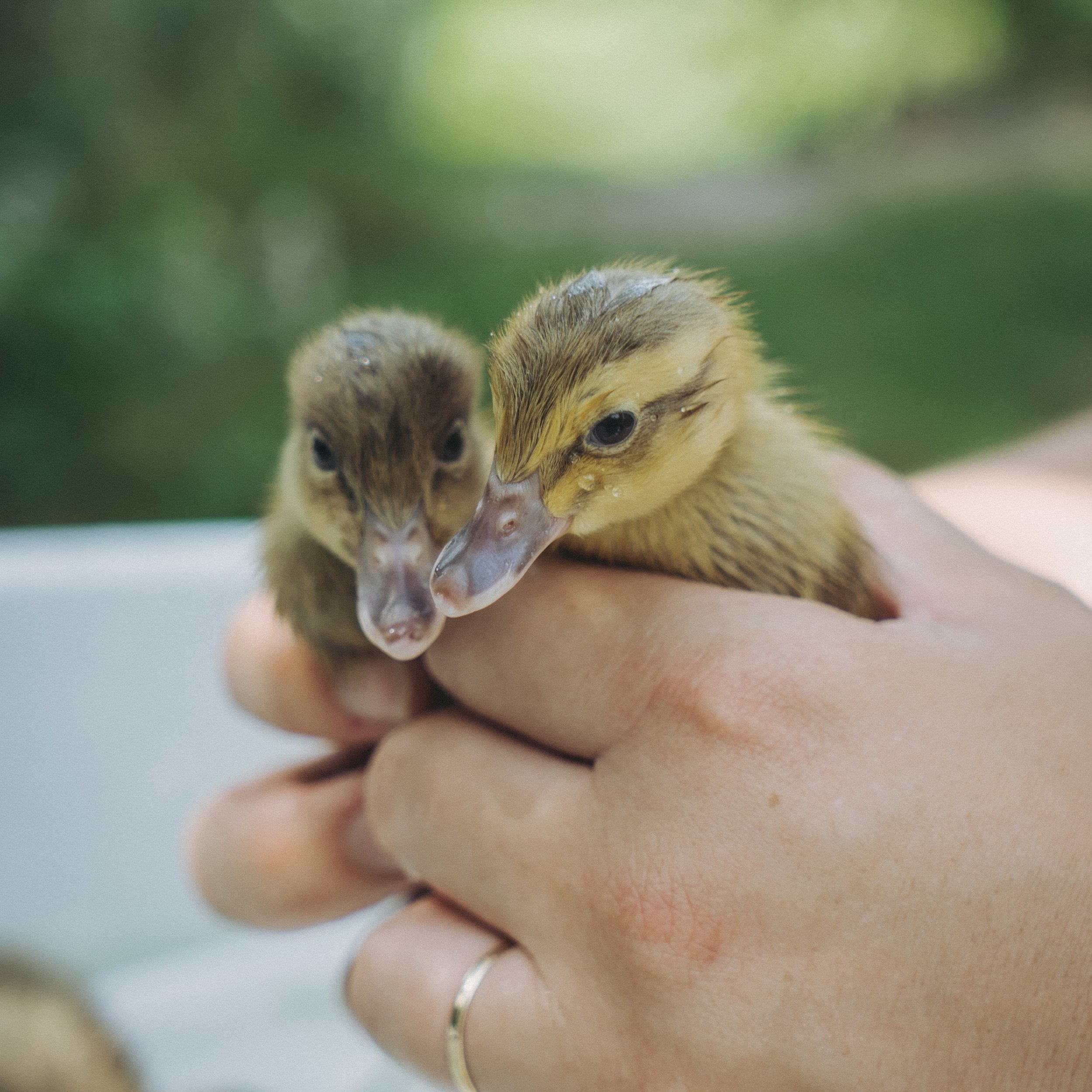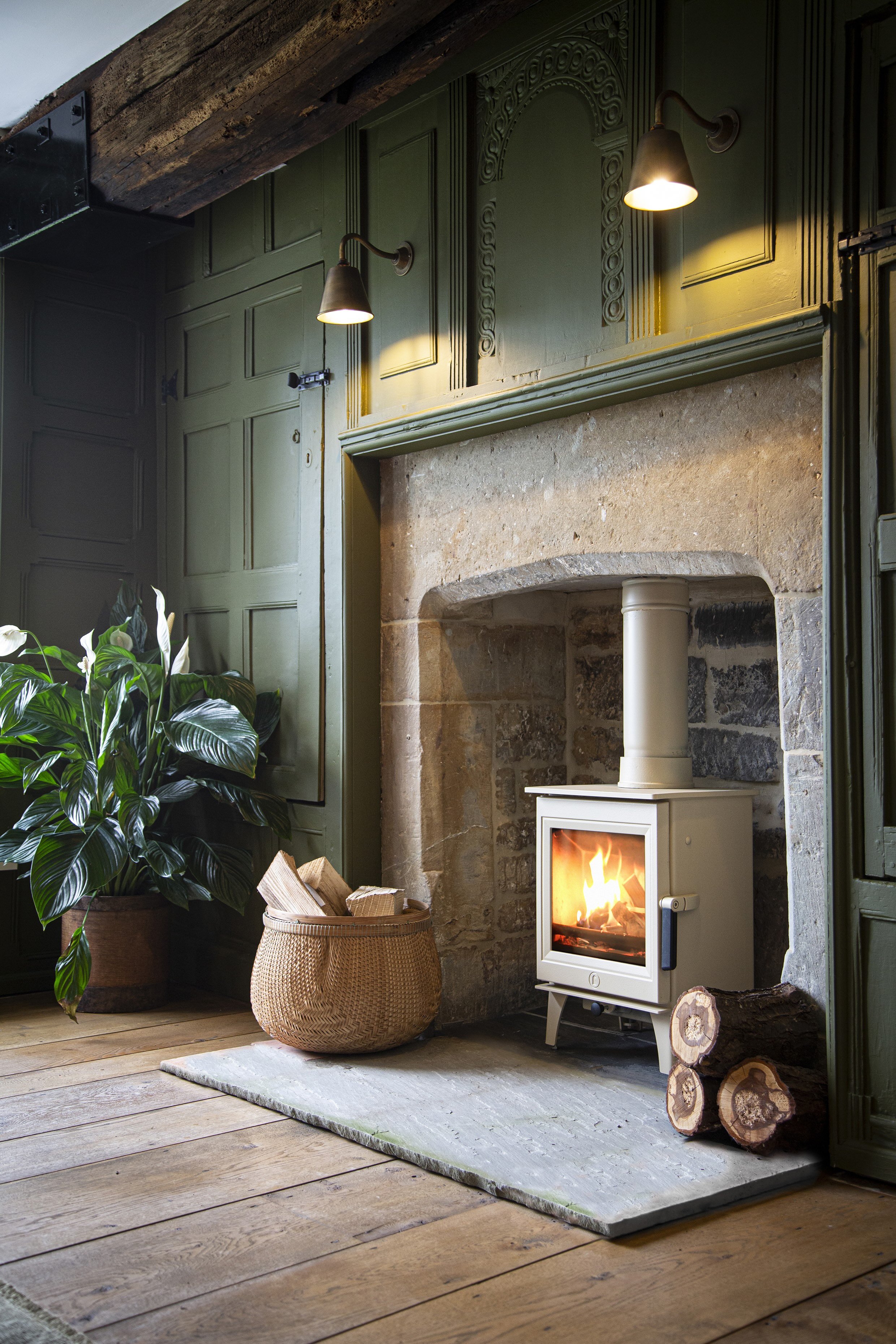We’ve all picked up a spiralled shell on the beach and marvelled at how nature can produce something so intricate and mathematically beautiful, but how are they actually formed?
The shape of spiral shells, such as nautilus shells, are known by mathematicians as ‘logarithmic spirals’. These are shapes that follow the Fibonacci sequence and there are many examples in nature, from sunflower hearts to entire galaxies: for any rotation angle in these shapes, the distance from the origin of the spiral increases by a fixed amount.
In nautilus shells like the Necklace Shell, above, there are many chambers, which the mollusc inside inhabits. As the creature grows, it needs bigger and bigger chambers to live in, so it creates these via a process called biomineralisation.
During biomineralisation, the mollusc’s mantle (a soft organ that secretes a substance high in calcium carbonate) gets to work, making a deposit at the opening of the shell, following the ‘expand, rotate, twist’ rule to create the spiral. Here’s how that works:
Expand: it must deposit more material than it did when creating the previous part of the spiral.
Rotate: by depositing more material on one side of the opening, it creates a full rotation of the aperture, making a doughnut shape.
Twist: It rotates the point of deposition each time. The twist part is what gives a helicospiral shell, rather than a planospiral shell like that of the nautilus. So it’s not always necessary but it’s rather cool and clever, so we’ve included it here.
Nearly all shells rotate to the right and are known as dextral shells. It’s very rare to see a sinistral shell, where the spirals rotate to the left. But what’s fascinating is that the fossil record shows this was not always the case and the direction of spiral shells changes over the centuries. Why? Nobody really knows. Perhaps, as a species, they got giddy…
The shell images used here are taken from The Shell Spotter’s Guide by Helen Scales with illustrations by Ella Sienna (National Trust Books). We have an extract and a short guide to shell spotting in our August issue, which is on sale now.
Buy this month's The Simple Things - buy, download or subscribe
Augur shell by Ella Sienna








